-

Centralite II / N,N-Dimethyl-N,N-Diphenylurea/N N-Dimethyldiphenylurea CAS 611-92-7/1,3-Dimethyl-1,3-diphenylurea
N,N-Dimethyl-N,N-Diphenylurea , also is Centralite II or 1,3-Dimethyl-1,3-diphenylurea/ CAS 611-92-7
N,N’-Dimethyl-N,N’-diphenylurea is typically a white to off-white crystalline solid. The specific appearance may vary slightly depending on the purity and form of the compound. Generally, it is a solid at room temperature and may have a characteristic odor, although it is usually described as mild or non-distinct.
N,N’-Dimethyl-N,N’-diphenylurea is generally soluble in organic solvents such as ethanol, methanol, acetone, and chloroform. However, it is generally insoluble or slightly soluble in water. Solubility can vary depending on factors such as temperature and the specific solvent used.
-
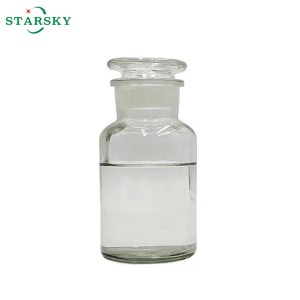
Vanillyl butyl ether cas 82654-98-6
Vanillyl butyl ether is a chemical compound that is usually a colorless to pale yellow liquid. It has a sweet vanilla flavor, which is characteristic of vanillin-derived compounds. The substance is often used in flavoring and fragrance applications. In terms of its physical properties, it may have a relatively low viscosity and a moderate boiling point, which is typical of ether compounds.
Vanillyl butyl ether is generally considered soluble in organic solvents such as ethanol, acetone, and other non-polar solvents. However, due to its hydrophobic butyl group, it has limited solubility in water.
-
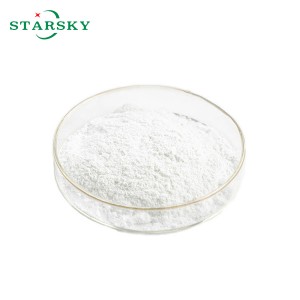
Potassium iodide CAS 7681-11-0
Potassium iodide (KI) is usually a white or colorless crystalline solid. It can also appear as a white powder or colorless to white granules. When dissolved in water, it forms a colorless solution. Potassium iodide is hygroscopic, meaning it absorbs moisture from the air, which can cause it to clump or take on a yellowish color over time if it absorbs enough moisture.
Potassium iodide (KI) is very soluble in water. It is also soluble in alcohol and other polar solvents.
-
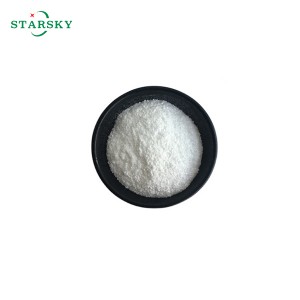
Scandium nitrate cas 13465-60-6
Scandium nitrate usually appears as a white crystalline solid. It usually exists as a hexahydrate, which means it contains water molecules in its structure. The hydrated form can appear as colorless or white crystals. Scandium nitrate is soluble in water and forms a clear solution.
Scandium nitrate is soluble in water. It usually dissolves to form a clear solution. Solubility may vary depending on the specific form (anhydrous or hydrated) and temperature, but it is generally considered to be very soluble in aqueous solutions.
-
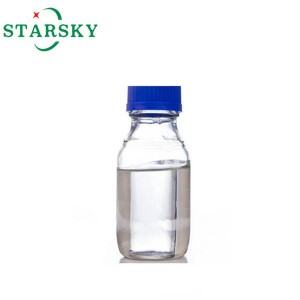
Tetrahydrofurfuryl alcohol/THFA/CAS 97-99-4
Tetrahydrofurfuryl alcohol (THFA) is a colorless to pale yellow liquid with a slightly sweet odor. It is a cyclic ether and alcohol that is often used as a solvent or in the production of various chemicals. Pure tetrahydrofurfuryl alcohol is usually clear and transparent with low viscosity.
Tetrahydrofurfuryl alcohol (THFA) is soluble in water and a wide range of organic solvents including ethanol, ether and acetone. Its ability to dissolve in both polar and non-polar solvents makes it suitable for a wide range of applications in chemical processes and formulations.
-
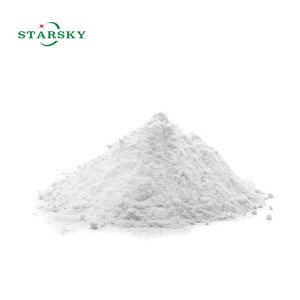
p-Hydroxy-cinnamic acid/CAS 7400-08-0/4-Hydroxycinnamic acid
4-Hydroxycinnamic acid, also known as p-coumaric acid, is a phenolic compound that is usually a white to pale yellow crystalline solid. It has a characteristic aromatic odor and is soluble in alcohol and slightly soluble in water. The molecular formula of the compound is C9H10O3, and its structure contains a hydroxyl group (-OH) and a trans double bond, which determines its chemical properties and reactivity.
4-Hydroxycinnamic acid (p-coumaric acid) is moderately soluble in water, typically about 0.5 g/L at room temperature. It is more soluble in organic solvents such as ethanol, methanol, and acetone. Solubility varies with factors such as temperature and pH.
-
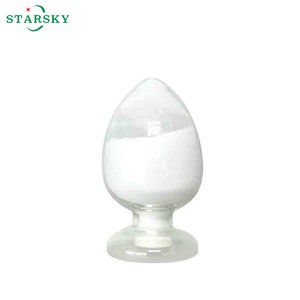
Aminoguanidine Hydrochloride cas 1937-19-5
Aminoguanidine hydrochloride typically appears as a white to off-white crystalline powder. It is hygroscopic, which means it absorbs moisture from the air.
Aminoguanidine hydrochloride Soluble in water, slightly soluble in alcohol; insoluble in organic solvents such as ether.
Stable under normal conditions, but may decompose when exposed to strong acids or alkalis.
-
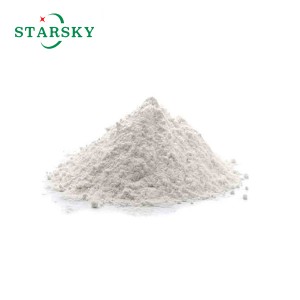
2-Methylimidazole CAS 693-98-1
2-Methylimidazole is a colorless to pale yellow liquid or solid, depending on its form and purity. It has a characteristic odor and is hygroscopic, meaning it absorbs moisture from the air. In its pure state, it is usually a crystalline solid.
2-Methylimidazole is soluble in water and also in polar organic solvents such as ethanol and methanol. Its solubility in water makes it useful in a variety of applications, including as a catalyst and in biochemical processes. The compound is soluble in these solvents due to its polar nature and the presence of nitrogen atoms in its structure, which can form hydrogen bonds with water and other polar molecules.
-
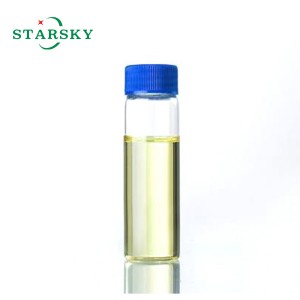
Dibutyl sebacate CAS 109-43-3
Dibutyl sebacate is a colorless to pale yellow liquid. It is an ester of sebacic acid and butanol and is commonly used as a plasticizer in a variety of applications including plastics, cosmetics, and personal care products. The liquid is usually clear and slightly oily in texture.
Dibutyl sebacate is generally insoluble in water but is soluble in organic solvents such as ethanol, acetone, and chloroform. Its solubility in these organic solvents makes it useful in a variety of applications, including use as a plasticizer and in cosmetic and personal care product formulations.
-

TRIMETHYL CITRATE cas 1587-20-8
Trimethyl citrate is a colorless to pale yellow liquid with a slightly sweet and fruity flavor. It is a triester of citric acid and is often used as a plasticizer, solvent or flavoring agent in a variety of applications. The pure product is usually transparent and viscous.
Trimethyl citrate is soluble in organic solvents such as ethanol, acetone, and chloroform, but slightly soluble in water. Since it is soluble in a variety of solvents, it can be used in cosmetics, food, medicine, and other applications.
-
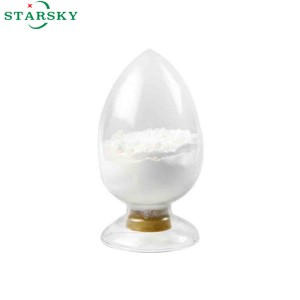
Zirconium tetrachloride/cas 10026-11-6/ZrCl4 powder
Zirconium tetrachloride (ZrCl₄) is typically found as a white to pale yellow crystalline solid. In the molten state, zirconium tetrachloride can also exist as a colorless or pale yellow liquid. The solid form is hygroscopic, meaning it can absorb moisture from the air, which may affect its appearance. The anhydrous form is often used in a variety of chemical applications.
Zirconium tetrachloride (ZrCl₄) is soluble in polar solvents such as water, alcohols, and acetone. When dissolved in water, it hydrolyzes to form zirconium hydroxide and hydrochloric acid. However, its solubility in non-polar solvents is very low.
-
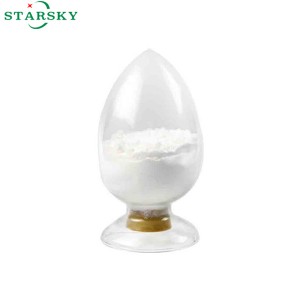
Cerium fluoride/cas 7758-88-5/CeF3
Cerium fluoride (CeF₃) is typically found as a white or off-white powder. It is an inorganic compound that can also form a crystalline structure.
In its crystalline form, cerium fluoride may take on a more transparent appearance, depending on the size and quality of the crystals.
The compound is often used in a variety of applications, including optics and as a catalyst in chemical reactions.
Cerium fluoride (CeF₃) is generally considered to be insoluble in water. It has a very low solubility in aqueous solutions, meaning that it does not dissolve appreciably when mixed with water.
However, it can be dissolved in strong acids, such as hydrochloric acid, where it can form soluble cerium complexes. In general, its low solubility in water is a characteristic of many metal fluorides.











